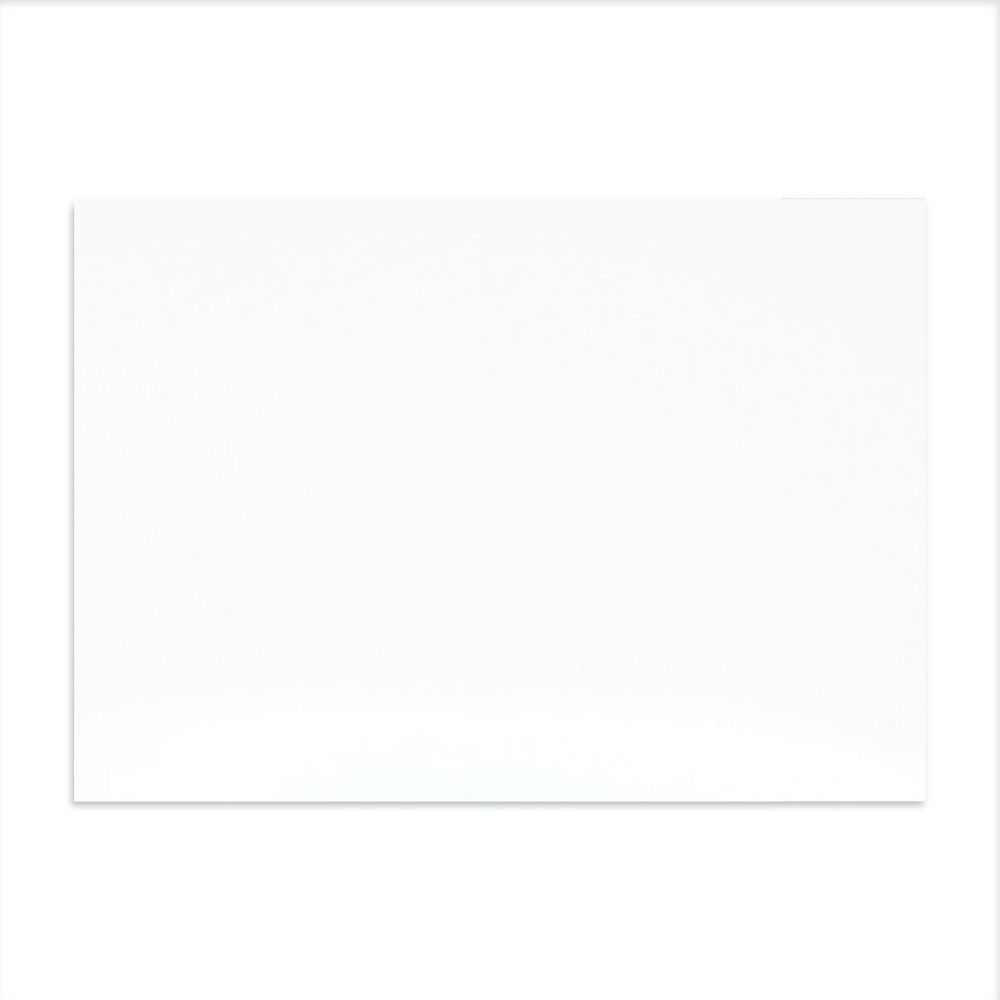In today's digital age, where information is predominantly consumed online, the value of paper may seem diminished. However, there exists a realm where paper transcends its utilitarian purpose and becomes a symbol of luxury, artistry, and exclusivity. In this blog post, we will explore the world of high-end paper and unveil the most expensive paper to use, delving into its unique characteristics, production techniques, and the industries that cherish its exceptional qualities.
- The Origins of Luxury Paper:
To understand the most expensive paper, we must first explore its origins. Historically, papermaking was a revered craft, originating in ancient China and spreading across the globe. Today, traditional papermaking techniques are still employed by artisans who strive to create exquisite, one-of-a-kind paper. - The Pinnacle of Luxury: Goyōshi Paper:
Among the vast array of luxurious papers, Goyōshi paper stands out as the epitome of opulence. Originating from Japan, Goyōshi paper is meticulously crafted using traditional methods passed down through generations. Its exceptional quality and rarity contribute to its exorbitant price tag. - Unraveling the Secrets of Goyōshi Paper:
Goyōshi paper is made from the inner bark of the Kōzo tree, meticulously harvested and processed to ensure its purity and strength. The fibers are then meticulously beaten and mixed with water to create a pulp, which is carefully spread onto a bamboo screen and dried naturally. The resulting paper boasts an unparalleled smoothness, durability, and a unique translucency that sets it apart from any other. - Applications in the World of Luxury:
Goyōshi paper finds its place in various industries that demand the utmost quality and exclusivity. Let's explore some of its most notable applications: a. Fine Art and Calligraphy: Renowned artists and calligraphers appreciate Goyōshi paper for its ability to enhance the expression of their craft. Its smooth texture and exceptional ink absorption allow for precise strokes and vibrant colors, creating masterpieces that stand the test of time. b. High-end Stationery: Luxury brands often utilize Goyōshi paper to create exquisite stationery, including invitations, business cards, and personalized correspondence. The paper's elegance and uniqueness elevate these everyday items to extraordinary pieces of art. c. Bookbinding and Restoration: Goyōshi paper's durability and archival qualities make it an ideal choice for bookbinding and restoration projects. Its ability to withstand the test of time ensures the preservation of valuable literary works and cultural artifacts. - The Price of Exclusivity:
The exceptional craftsmanship and limited availability of Goyōshi paper contribute to its high price. Each sheet is meticulously handmade, requiring hours of labor and expertise. Additionally, the scarcity of the Kōzo tree and the intricate production process further elevate its value, making it a coveted material for discerning individuals and luxury brands.
Conclusion:
In a world where digital communication dominates, the allure of luxury paper endures. Goyōshi paper, with its rich history, impeccable craftsmanship, and unrivaled quality, stands as the most expensive paper to use. Its applications in the realms of art, stationery, and preservation make it a cherished material for those who seek the pinnacle of luxury and exclusivity. As we appreciate the artistry and dedication behind Goyōshi paper, let us remember the enduring value of tangible, tactile experiences in our increasingly digital world.

